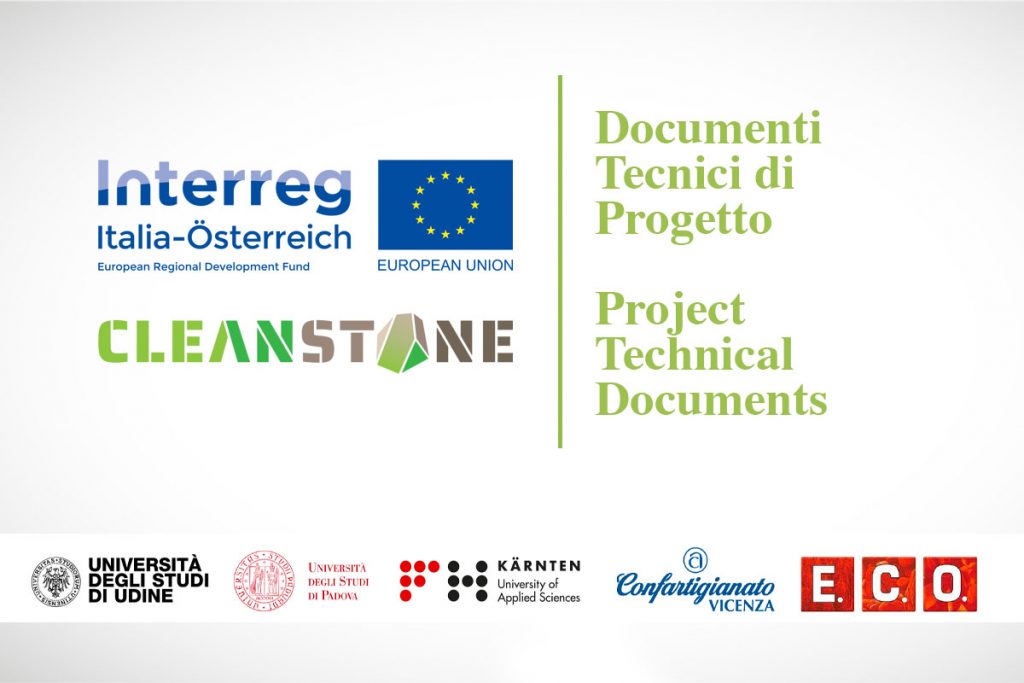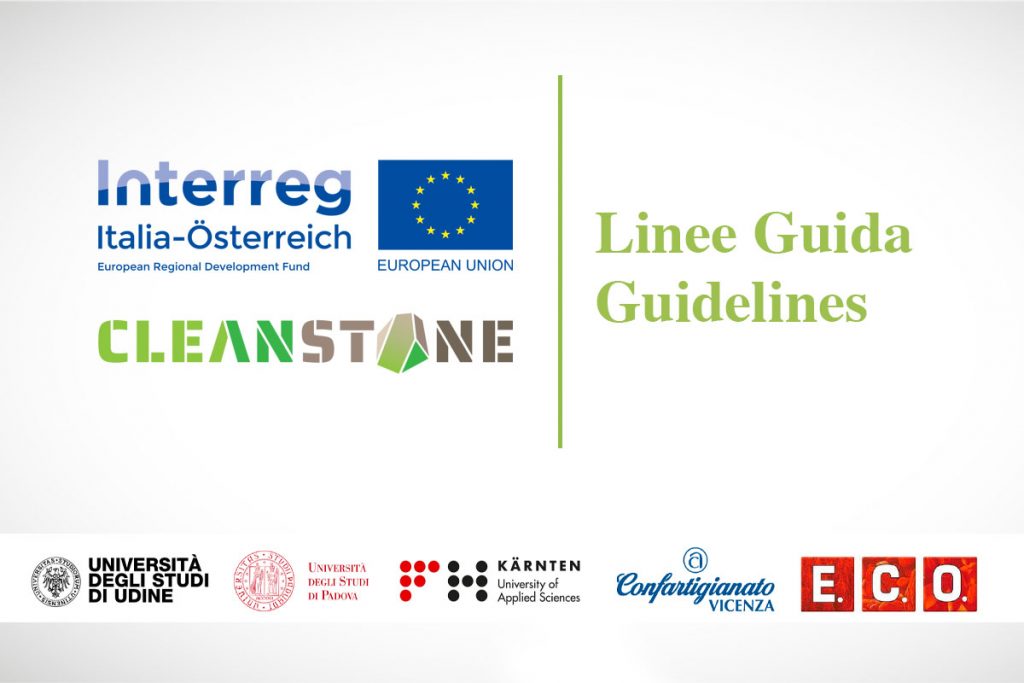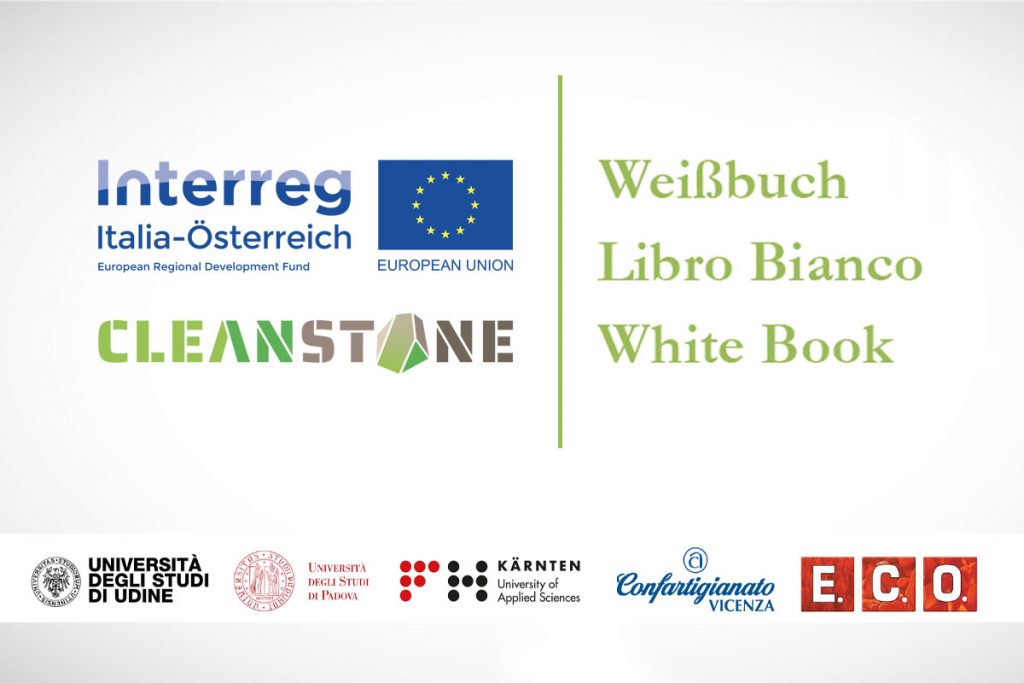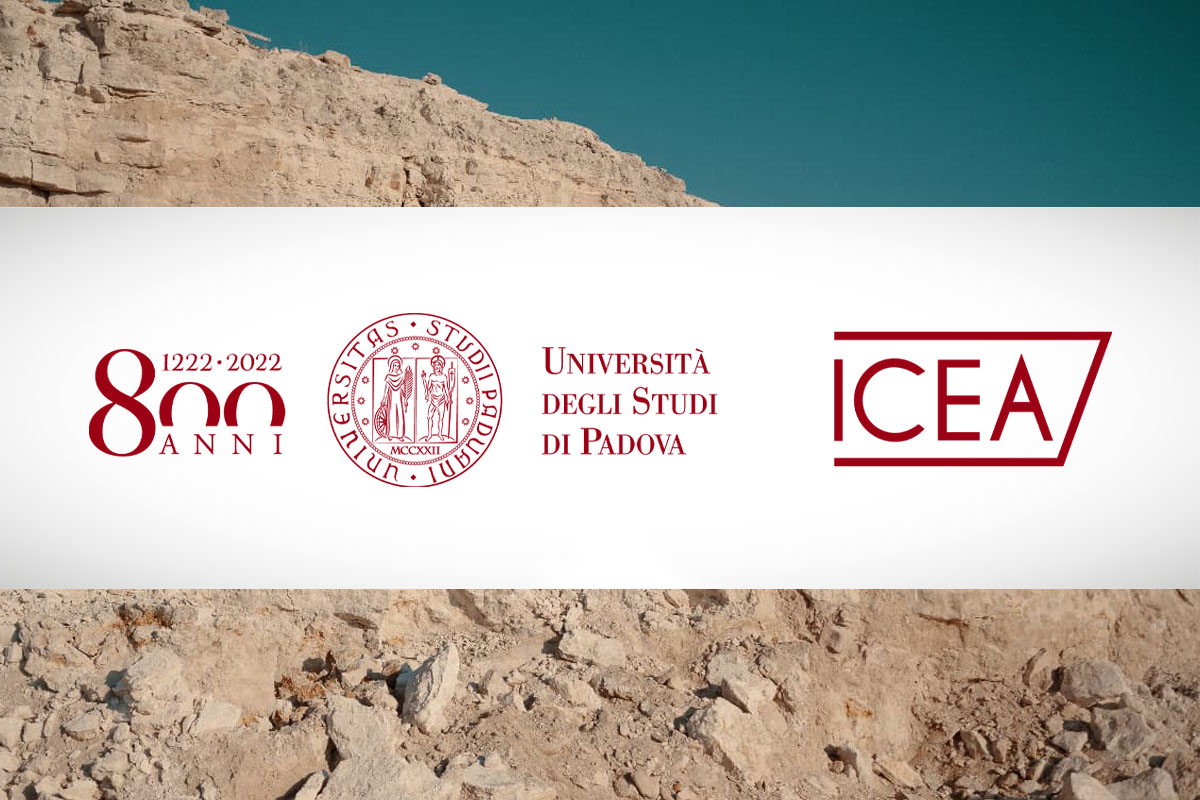
The University of Padua’s involvement in the Cleanstone project is mainly linked to three factors. Firstly, all the more important cities in Veneto are characterized by the use of stone, both for structural and decorative reasons, and by the issues deriving from its conservation and use. Particularly in Venice, the use of Istrian stone has led over time to an almost total identification of the city with it. Churches and buildings, bridges and river banks, wells and stairways, balconies and cornices, represent a specific and unique ensemble resulting from different uses of the same material, durable, wear-resistant, and resistant to increasingly aggressive pollutants. Secondly, the belief that there is still room for improvement in the extraction and processing activities, as well as in the use of stone and in nowadays techniques. Finally, there is a challenge that has been going on for several years aimed at obtaining directly marketable raw/second materials from stone processing waste (mulch and sludge). This can be achieved through energy-efficient treatment plants using new technologies, and would lead to relevant economic and environmental benefits.
Articolo pubblicato il 15 December 2020
